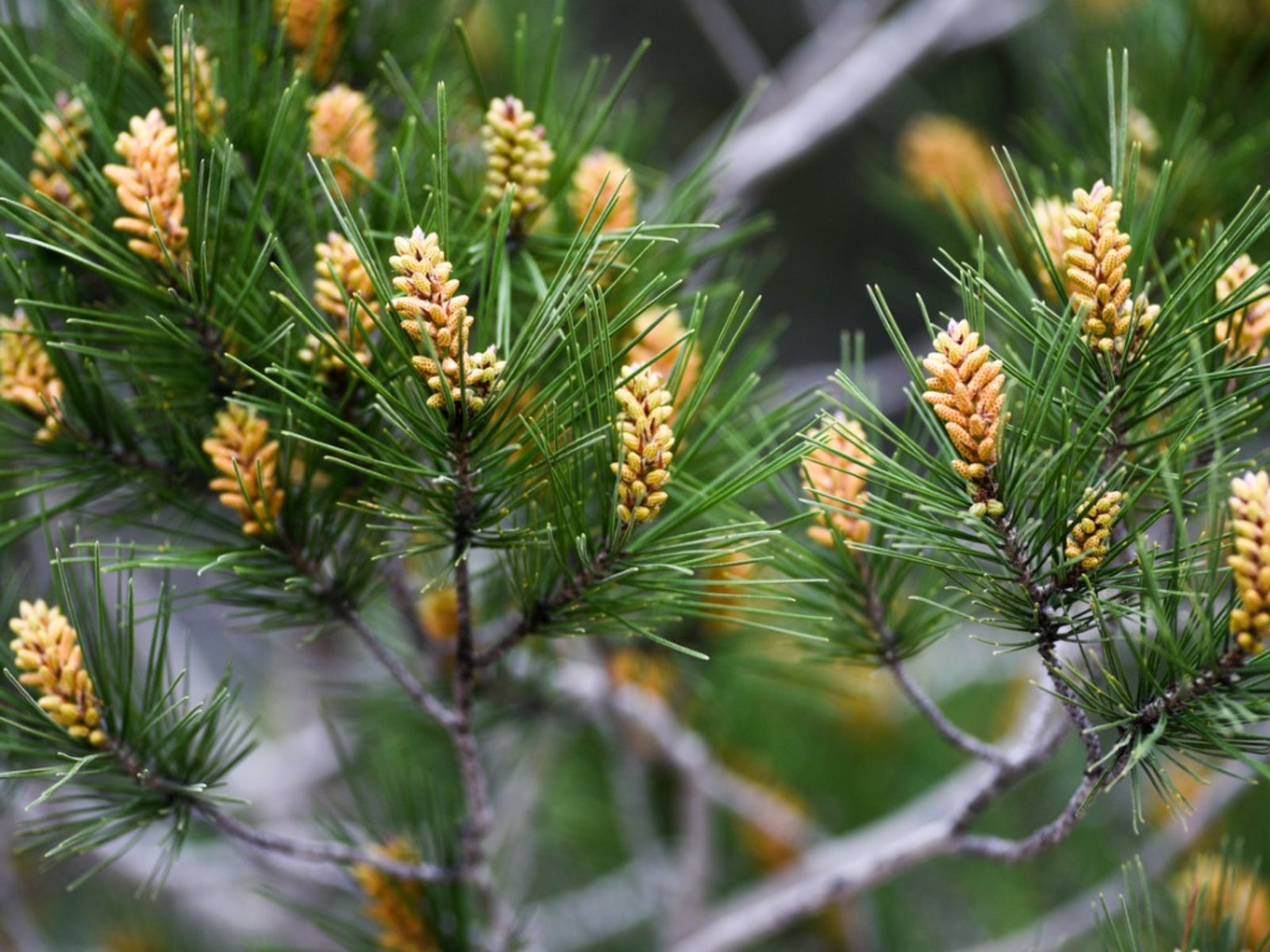Monterey Pine Info : What Is A Monterey Pine Tree


There are three different cultivars of Monterey pine, but the most common is indigenous to the California coast. In fact, a large specimen of the tree is a registered California big tree, measuring 160 feet tall (49 m.). More common is a height of 80 to 100 feet (24-30.5 m.). Growing a Monterey pine as a landscape tree requires ample growing space and should not be situated near power lines. Some interesting Monterey pine info follows which can help you determine if the tree is right for your gardening needs.
Monterey Pine Info
What is a Monterey pine? The Monterey pine (Pinus radiata) is an elegant plant tolerant of a range of conditions but is best suited in warmer regions. The tree is an evergreen conifer with an irregular open crown which may be vase-shaped, conical, or even slightly rounded. It is not a small tree and should be given plenty of space in which to grow. Learn how to grow Monterey pine trees as part of a land management and habitat program or just simply to enjoy this towering plant on your property. Monterey pines are found along the California coast but some varieties hail from Mexico. Pinus radiata has hybridized extensively with Knobcone pine and Bishop pine. This plant has a low frost tolerance and is suitable for United States Department of Agriculture zones 7 to 10. The bark is extremely attractive, being reddish brown and developing deep fissures as it ages. Needles are held in groups of three and may persist on the tree for up to three years. The female flowers appear as purple clusters of scales while male blooms are yellow spikes. The fruit is a cone, 3 to 6 inches (8-15 cm.) long. Cones may pose a litter problem.
How to Grow Monterey Pine Trees
This is a fast-growing tree that will produce 36 or more inches (91 cm.) per year. While the tree is not frost-tolerant, it also cannot withstand extreme heat. Coastal climates are ideal, where sea breezes and high humidity promote the best growth. Once established, the plant can thrive in either moist or dry soil, but regular supplemental watering is necessary early after planting. Soil textures may be loam to sandy, acidic to slightly alkaline in pH. Growing a Monterey pine in full to partial sun is ideal. The tree is not bothered by salinity, deer, oak root fungus, verticillium, or Texas root rot. As an added bonus, it is attractive to squirrels, birds, and other tree-dwelling animals.
Monterey Pine Care
Plant new trees at the same depth they are growing in the nursery pot. Prior to planting, loosen the soil to twice as deep and twice as wide as the container. Use a thick layer of organic mulch around the root zone of young pine trees to conserve energy and prevent competitive weeds. Provide water when the top of the soil is dry for the first few months. Thereafter, irrigate during dry periods. Excessive needle drop will be a clue that the tree needs extra moisture. Pruning should only be done to remove dead plant material, low-hanging branches, and diseased stems. Monterey pine is quite stoic once established and will not require extensive maintenance. For most gardeners, Monterey pine care will require regular raking of the dropped needles and cones, especially in areas prone to wildfires.
Gardening tips, videos, info and more delivered right to your inbox!
Sign up for the Gardening Know How newsletter today and receive a free copy of our e-book "How to Grow Delicious Tomatoes".

Bonnie Grant is a professional landscaper with a Certification in Urban Gardening. She has been gardening and writing for 15 years. A former professional chef, she has a passion for edible landscaping.
-
 12 Lush Alternatives To A Lawn For Sustainable Spaces
12 Lush Alternatives To A Lawn For Sustainable SpacesAlternatives to a lawn are beautiful and also beneficial to your local ecosystem and its pollinators. Explore our top picks for plants to replace grass.
By Tonya Barnett
-
 Types Of Tomatoes Explained: Explore The Many Wonderful Shapes, Colors, Flavors, & Best Uses
Types Of Tomatoes Explained: Explore The Many Wonderful Shapes, Colors, Flavors, & Best UsesThe world of tomato varieties is vast and fascinating. Learn about the key types to grow in your garden, tailored to your preferences and space.
By Amy Grant